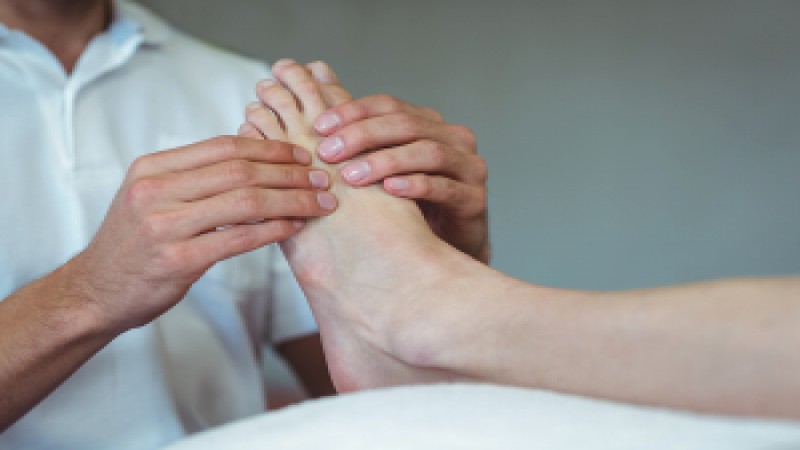Sesamoid Bones? Where are they? Foot & Ankle Specialist

Medical Injuries Can Happen Just by Jogging
August 1, 2019
Shoe Issues?
August 1, 2019The location of the sesamoid bones is found under the base of the big toe. They sit within tendons and ligaments under the joint of the big toe, and if this area should become inflamed, a condition that is referred to as sesamoiditis may develop. There may be several reasons for this uncomfortable ailment to occur, including enduring an acute injury, or the pain may develop gradually from stress fractures. Additionally, there may be medical conditions, which may contribute to the onset of this condition, which may include autoimmune disorders or infections that may be present. Patients who experience sesamoiditis may notice pain while putting weight on the affected toe, or severe discomfort may be felt while pulling the toe upwards. A proper diagnosis may consist of having an X-ray or MRI performed. If you feel you have any of these symptoms, consult with a podiatrist so proper treatment can begin.
Sesamoiditis is an unpleasant foot condition characterized by pain in the balls of the feet. If think you’re struggling with sesamoiditis, contact Nagler Foot Center to treat your condition thoroughly and effectively.
Sesamoiditis
Sesamoiditis is a condition of the foot that affects the ball of the foot. It is more common in younger people than it is in older people. It can also occur with people who have begun a new exercise program, since their bodies are adjusting to the new physical regimen. Pain may also be caused by the inflammation of tendons surrounding the bones. It is important to seek treatment in its early stages because if you ignore the pain, this condition can lead to more serious problems such as severe irritation and bone fractures.
Causes of Sesamoiditis
- Sudden increase in activity
- Increase in physically strenuous movement without a proper warm up or build up
- Foot structure: those who have smaller, bonier feet or those with a high arch may be more susceptible
Treatment for sesamoiditis is non-invasive and simple. Doctors may recommend a strict rest period where the patient forgoes most physical activity. This will help give the patient time to heal their feet through limited activity. For serious cases, it is best to speak with your doctor to determine a treatment option that will help your specific needs. Call Houston’s Foot Doc Sherman Nagler for all your Foot & Ankle Ailments.



